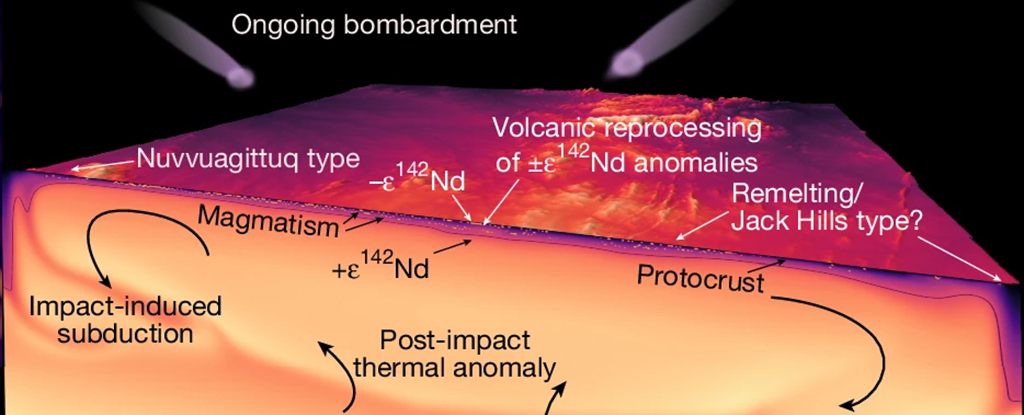Compared to adults, children learn quickly, and their developing brain absorbs information at an amazing rate. Somehow, their neurons not only absorb new knowledge more easily, they also retain it in a constant stream of new experiences.
Now a team of neuroscientists from the University of Regensburg in Germany and Brown University in the US may have discovered what makes young brains so efficient.
It’s all due to a brain chemical called GABA (gamma-aminobutyric acid) that spikes in children during and after learning, turning their young brains into “sponges.”
“It is often assumed that children learn more efficiently than adults, although scientific support for this assumption is weak at best,” says Study co-author Takeo Watanabe, a cognitive psychologist from Brown University.
Looking for the brain mechanisms involved, the team used an advanced imaging technique called functional MRS (fMRS) to indirectly measure the levels of GABA in the visual cortex of children during a visual learning activity to see how it differed from adults.
Measurements were taken on 55 children aged 8 to 11 and 56 adults aged 18 to 35 at three different time periods: before the start of the visual learning task, during the learning process and after the activity had ended.
Results showed that adult GABA levels remained constant throughout the experiment. Meanwhile, GABA levels in children have been much more adventurous.
“What we found is a rapid increase in GABA in children associated with learning,” says Watanabe. And not just during learning—the high GABA levels persisted after learning.
It’s a revealing result, Watanabe says.
GABA is a chemical messenger in the brain that is known to be important in learning new information. It also plays a key role in stabilization, a post-learning “cooling-off” period during which the fragile new neural networks are consolidated and the information is successfully stored.
But when something new is learned during the cool-down period, a phenomenon called “retrograde interference” kicks in, in which the information previously learned is overridden or destroyed — it escapes our brains.
Think of it like letting a cake cool after it’s taken out of the oven. Resting gives the starches in the filling a chance to set into a gel that keeps everything neatly in place. However, if you cut into the cake during the chilling period, the piping hot filling will become liquid and squirt out.
With the new knowledge of GABA levels in children on board, the team then ran behavioral experiments to see if this allowed visual learning to stabilize more quickly. What they found was amazing.
Adults required a one-hour “cooling-off” period to stabilize. However, the children could learn again within 10 minutes without overwriting what they had previously learned. In other words, thanks to their high GABA levels, their cake will set much faster.
“We found that resilience to retrograde interference, and thus stabilization, actually occurred within minutes of the end of training in children, while learning in adults was in a fragile state at least an hour after training,” the researchers said wrote in her paper.
“This rapid stabilization of learning in children allows them to learn more objects in a given period of time and makes learning in children more efficient than in adults,” explained Psychologist and cognitive neuroscientist Sebastian Frank, co-author of the study, now at the University of Regensburg in Germany.
The researchers also found that consecutive study sessions appeared to further increase GABA concentrations in children, allowing for an even faster stabilization of previous learning.
“Our results therefore point to GABA as a key factor in making learning efficient in children,” says Frank.
While it should be noted that this study was conducted on visual learning, Watanabe believes these results could be generalized to other types of learning involving memory.
Excitingly, these results could be used to help adults learn more efficiently.
“For example, a new technology or therapy could be developed to increase the amount of GABA in the adult brain,” Watanabe said says. “That’s one possible application.”
This study was published in Current Biology.





